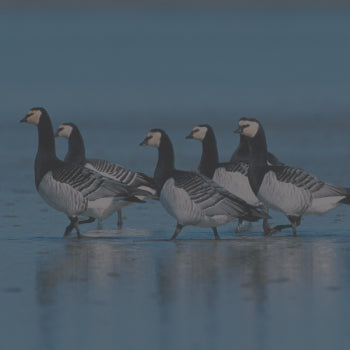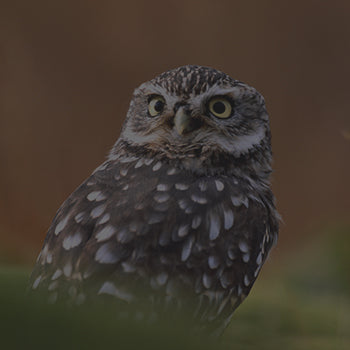The Scottish Bird Report (SBR) first appeared in the summer 1969 as part of Scottish Birds volume 5 (page 302 onwards). This was a real breakthrough for bird recording in Britain; a comprehensive annual account of birds across a large part of the British Isles. Prior to that, there was only a single annual bird report in Scotland, that of the Fair Isle Bird Observatory. Bird records did appear in Scottish Birds, as quarterly ‘Current Notes’, supplemented by important records being expanded on in the ‘Short Notes’ section. These records were ad hoc and relied on observers sending reports to the editor, with no comprehensive coverage of either Scotland or the systematic list. The SOC was groundbreaking in establishing the Local Recorders’ Network in 1968. Their main task was to prepare an annual account of the most interesting observations from their areas. This would then be sent to the SBR editor, who would collate an account for each species and so, for the first time, provide a national perspective for local records.
The SBR then appeared annually, although sometimes delayed, through to the report covering 2001. The process of Local Recorders having to prepare an annual account of the birds in their areas in many senses sowed the seeds of the demise of the SBR. As the decades passed, the Local Recorders, while still passing on their accounts to the SBR editor, started publishing their own local bird reports. This has real advantages, as the presence of a local bird report provided a focus for observers to contribute records. As local bird reports developed, increasing numbers of records would be submitted and local reports became fuller, more comprehensive and eventually allowed for publication of photographs as well as articles of local interest. This had an effect on the SBR, as some local reports took longer to publish and this caused some delays in receiving the accounts from the whole of Scotland.
Another issue, however, had an impact on the publication of the SBR – money! During the 1980s and 1990s, in particular, the SOC suffered from financial constraints that increasingly restricted the number of pages available for the editor. Thus, while the 1974 SBR ran to 72 pages, most volumes were restricted to c. 48–54 pages in the 1980s and early 1990s. This clearly had an impact on what records could appear, and the species accounts became increasingly terse, to the extent that many common species were restricted to just one or two lines. This shortening occurred at a time when local bird reports were providing details on more records than ever. I took over with the 1990 SBR on the understanding that more pages would be available, so to be able to give a more coherent account of each species. Indeed, during the 1990s, the SBR gradually expanded until the final editions in 2000 and 2001 were over 120 pages. I would like to think that the species accounts were more interesting and readable during that period.
However in the early 2000s the SOC once more had financial difficulties and I was asked to reduce the size of the publication and asked to make it more ‘readable’. This proved difficult and while a draft 2002 report was written, I was unhappy with the loss of what I considered to be the most important element of the SBR, the actual bird records. My other problem was the sheer number of records to be incorporated. By the 2000s I was being asked to summarise accounts from over 18 local bird reports, many of which ran to more than 50–60 pages. The scale of the editing process was becoming increasingly difficult, and the SBR as an annual publication came to an end.
It was only in 2009 that I returned to the SBR project, and a format for a digital SBR was progressed…
Ray Murray






